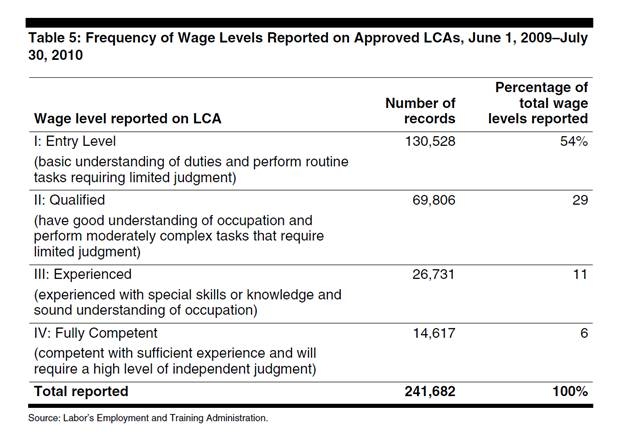The GAO has released a new report, "H-1B Visa Program: Reforms Are Needed to Minimize the Risks and Costs of Current Program", as my colleague David North has mentioned.
The GAO's findings include:
- 1 percent of the employers get 30 percent of the visas.
- Most interviewed companies said the H-1B cap and program created costs, but were not factors in their decisions to move R&D overseas
- Restricted agency oversight and statutory changes weaken protections for U.S. workers
This new report is the latest entry in the long parade of government reports that have found serious problems in the H-1B program. It also illustrates why industry lobbyists need their own report fabrication system to support the H-1B program and to invent numbers for politicians to recite.
In public policy there is a problem of dueling studies. Anyone can write a study. So there is no guarantee that study results are truthful, even when they are peer-reviewed. Unfortunately, few in the media (Lou Dobbs being a notable exception) actually check the validity of studies before reporting the results.
Whenever I have published numbers on the H-1B visas, I have followed the strict standard that the results should be reproducible. The data is available and others should be able to look at the data and get the same results.
The GAO report confirms one set of numbers that I and the Center for Immigration Studies had reported previously. In "Low Salaries for Low Skills: Wages and Skill Levels for H-1B Computer Workers, 2005", we reported that the majority of employer prevailing-wage claims for H-1B computer workers rated the worker at the lowest skill level:
The GAO report did the same analysis for all workers using more recent data:
The GAOs results are nearly identical to what the Center for Immigration Studies reported.
